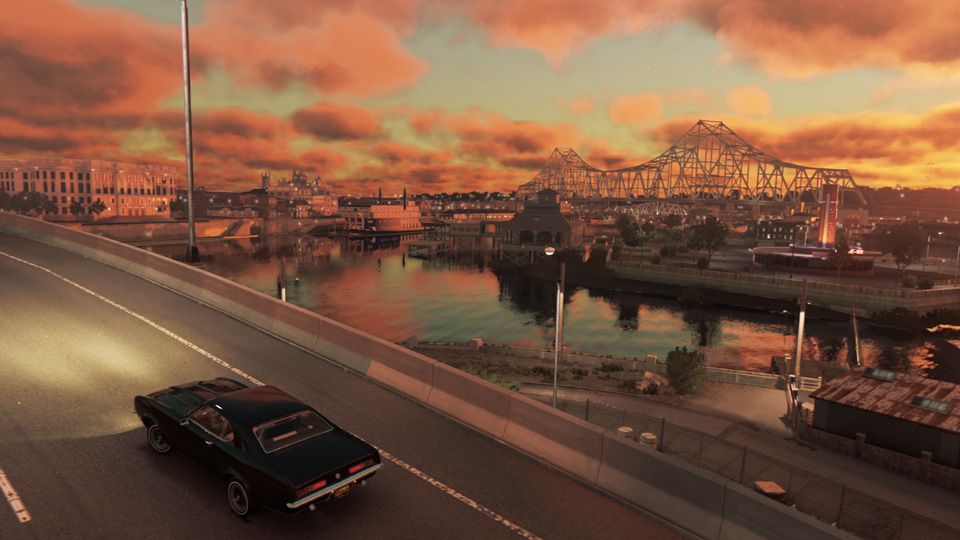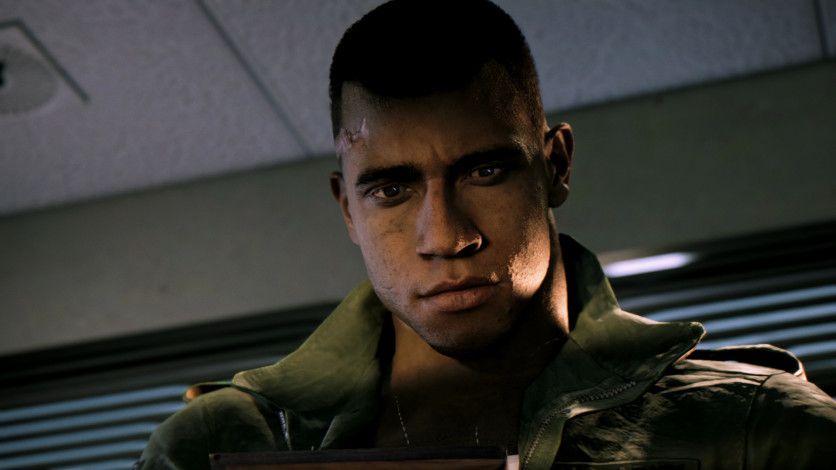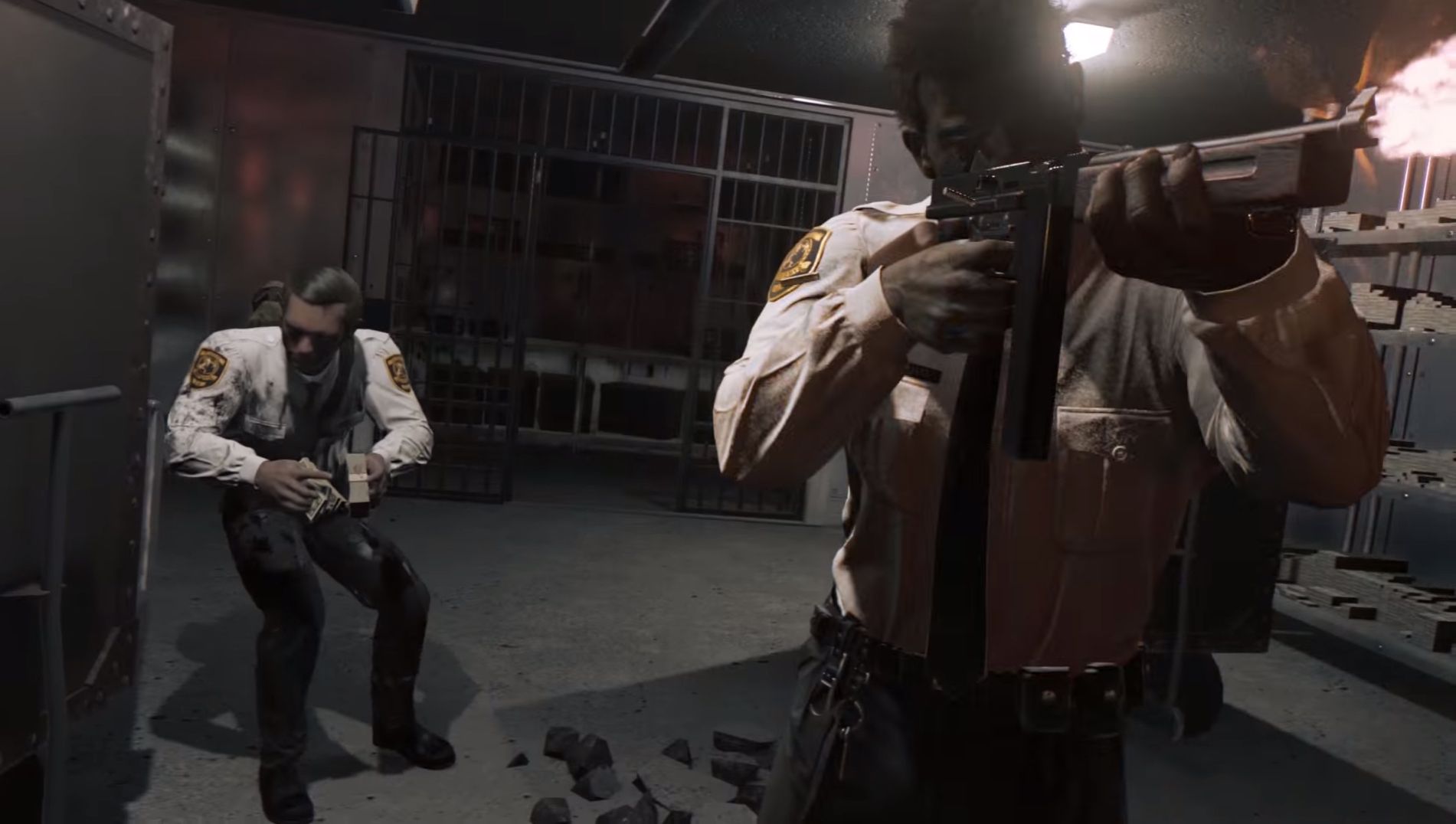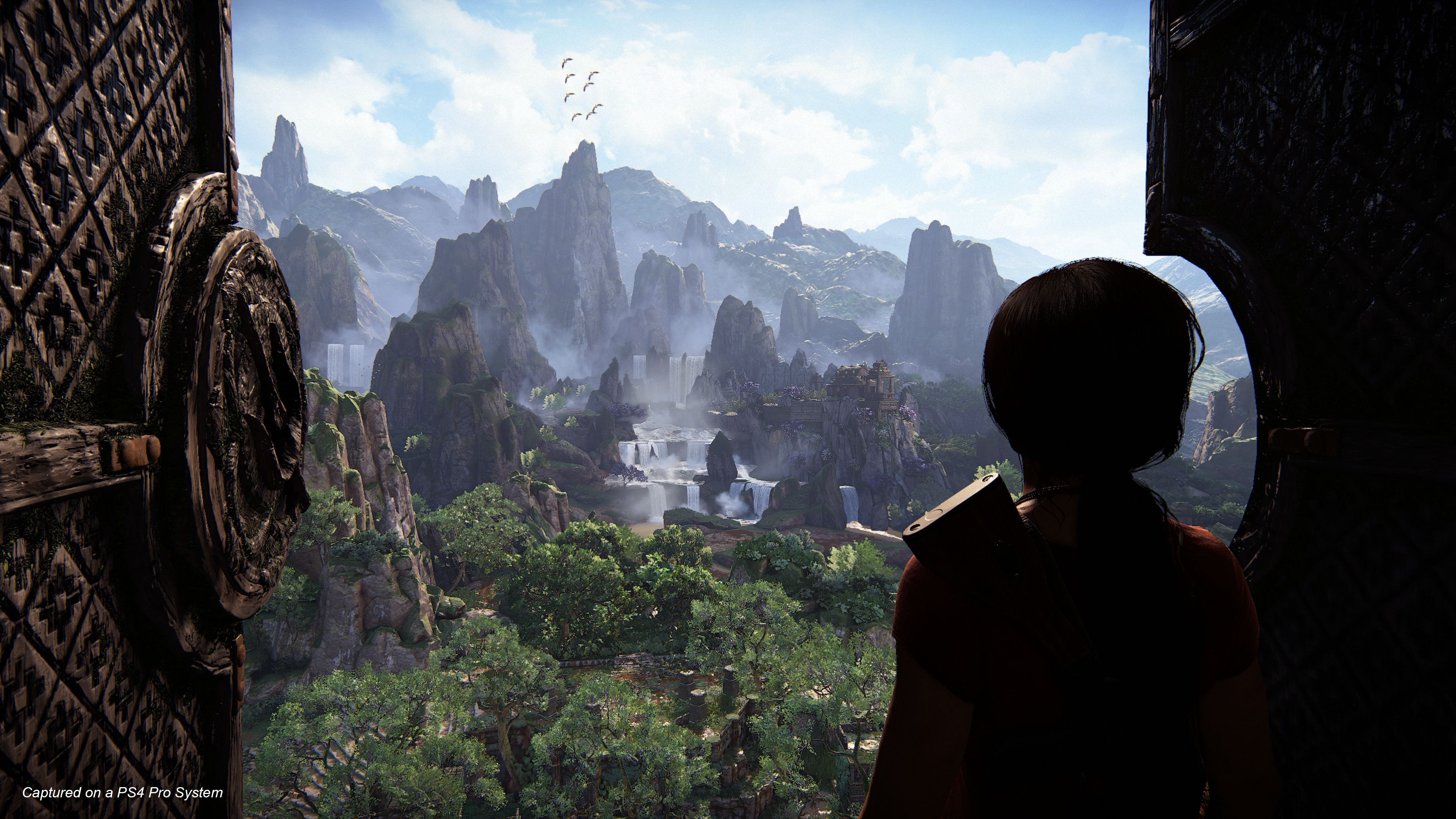All games are a cycle of gameplay; the best can generally succeed at hiding that cycle with enough variety to keep you interested. Open-world games often face this challenge, and some are better than others at hiding it: they frequently take time to fill a map with icons representing repetitive tasks that you can complete for experience, bits of dialogue, or items, all while balancing storytelling and characterization.
Mafia III is one example of this, with the conceit being that you, as Lincoln Clay, are slowly taking down a district’s racket enough to draw out its leader. The fault of Mafia III is in how it fails to hide the duplicate objectives; whether it's finding Playboy magazines or boxes of alcohol, the only major tell that the world offers you is the color or UI text surrounding it. While this is forgiven by the game's aesthetic and narrative hooks during the early hours, as you continue to repeat the same cycle eighteen total times, it becomes rote.
[pullquote]"Mafia III succeeded in offering a lengthy game to play...but it was derided for failing to make good on that amount of content."[/pullquote]
This is especially disappointing because the repetitive map clearing of the late game is not at all on the mind during Mafia III’s introduction: a heavily-guided segment of gameplay that endears you to characters that are then killed off, and it works more effectively than many other pieces of drama.
Scripted sequences are sometimes seen during the open-world section, mainly when you are chasing down a district leader, but they lack cinematic interactions tying them altogether. Sure: you may spend a few minutes talking to John Donovan to set up the district, but nowhere is momentum as present as when you jumped from one tutorial-light sequence to the next at the beginning. That narrative throughline is lost among the game's open-world.
[pullquote]Mafia III's opening remains its strongest sequence, and the most cited by those who enjoyed the game despite itself.[/pullquote]
While Hangar 13 obviously has talent, they lacked the financial backing and manpower of Ubisoft's international development teams, or Rockstar's lengthy development cycle. Game series such as Grand Theft Auto, Assassin's Creed, Far Cry, and even some of Sony's recent first-party titles with Horizon Zero Dawn and God of War, are large games not only due to the money put behind them, but also because of their run time. A game's length is a major news story: the square mileage of its map something to analyze. Even Uncharted, king of the linear adventure in the last generation, began to dip its toe into a more open level design with portions of Uncharted 4 and The Lost Legacy.
As more and more games have become more time-consuming to play, they become even more time-consuming to create, and only recently have some begun to question the cost it has as developers shutter and layoffs become more and more routine.
[pullquote]"Even linear adventure game series like Uncharted have started to embrace open-world elements."[/pullquote]
Mafia III succeeded in offering a lengthy game to play and a map covered with icons of things to do or collect, but it was derided for failing to make good on that amount of content. As emotional as its opening could be, it wasn't enough to power through hours of repeating missions with little to differentiate it from the last district you took over. Mafia III has a great game inside of it, but it's one that suffers due to external obligations when it comes to releasing a single-player game in this generation, especially one that costs $60 at launch.
Too many games now are investments of time over money. The allure of getting the most “bang for your buck” is becoming more appealing, especially to anyone who received a small allowance in their teens and had to decide between getting Fallout 3 or Dead Space. Most may have ended up with the former due to its renowned playing time, where hundreds of hours could be spent and still there would be “new” things to find. Despite the general knowledge that quantity does not equal quality, the gaming audience at large have an expectation that $60 for a title should guarantee a certain amount of playing time. Best-selling games are either multiplayer-focused online experiences, sports titles with endless matches, or massive, single-player open-world games.
If you wanted to be a bestseller at the end of 2017 without a dedicated multiplayer component, and not starring Mario, you needed to have an open-world with thirty-plus hours of content. There should be more room for single-player games to tell all they have in under fifteen hours; not every game needs to take up tens of hours of your time, and most are better off cutting content that does nothing more than fill time. While games such as Marvel’s Spider-Man can circumvent open-world fatigue with a great traversal system and the inherent charm of an iconic character, games like Mafia III come across as a discount Grand Theft Auto, even if it could have been so much more than that if it had ditched the obligatory hour count required by being an "open-world" game.




